R.H. Whittaker organized organisms into five kingdoms. He classified organisms based on cell structure, mode and source of nutrition and body design. The five kingdoms proposed by Whittaker are Monera, Protista, Fungi, Plantae and Animalia. Let us learn about the animal kingdom, i.e., Kingdom Animalia.
Kingdom Animalia
Kingdom Animalia constitutes all animals. Amongst the five kingdoms, the largest kingdom is the animal kingdom. Animals are multicellular eukaryotes. However, like plants, they do not possess chlorophyll or a cell wall. Therefore, members of the animal kingdom exhibit a heterotrophic mode of nutrition. Kingdom Animalia has been classified into ten different subphyla based on their body design or differentiation.
The different phylum of the animal kingdom are as follows:
- Porifera
- Coelenterata (Cnidaria)
- Platyhelminthes
- Nematoda
- Annelida
- Arthropoda
- Mollusca
- Echinodermata
- Hemichordata
- Chordata
Also Read: Animal Kingdom
Recommended Video:

Phylum Porifera
Porifera means organisms with holes. They are commonly known as Sponges. Features of the poriferan are:
- Non-motile, multicellular organisms with a hard outer skeleton.
- Have a porous body.
- Pores on the bodies create a canal system which helps in the circulation of substances.
- Not differentiated into head and tail; do not have a well-developed organ or organ system.
- Include marine habitat.
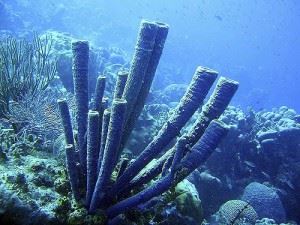
Examples of phylum Porifera include- Spongilla, Sycon.
Phylum Coelenterata (Cnidaria)
The term Coelenteratais derived from the Greek word “kilos” which means hollow-bellied. Their features are:
- Have a hollow body cavity.
- The body is differentiated into two ends.
- Includes all aquatic animals.
- The body is made of two layers of cells: inner and outer linings.
- Live in colonies (corals) as well as solitary (Sea anemone).
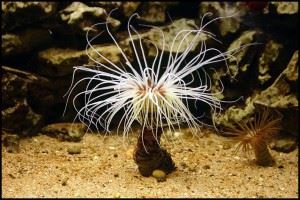
Examples of phylum Coelenterata include – Hydra, Jellyfish.
Phylum Platyhelminthes
Platyhelminthes are commonly known as flatworms. Their features are:
- Dorsoventrally flattened body.
- Complex and have differentiated body structure.
- Tissues are differentiated from three layers of cells and are triploblastic.
- Do not have a true internal cavity or coelom.
- Have bilateral symmetry.
- Either free-living (Planaria) or parasitic (liver flukes).
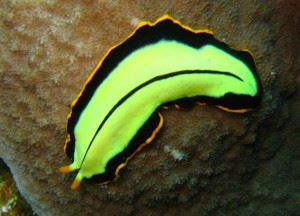
Examples of phylum Platyhelminthes include -Tapeworm, Planaria.
Phylum Nematoda
Phylum Nematoda consists of nematodes or roundworms. Their features are:
- Nematodes have a cylindrical body.
- Bilaterally symmetrical and triploblastic.
- Have pseudocoelom, a false body cavity.
- Parasitic and causes diseases such as elephantiasis, ascariasis.
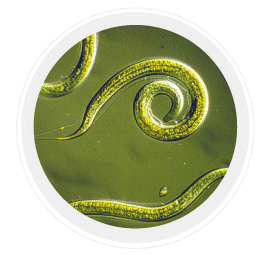
Examples of phylum Nematoda include – Ascaris, Wuchereria.
Phylum Annelida
Annelids are commonly known as segmented or ringed worms. They have the following features:
- Have a segmented cylindrical body.
- The body is differentiated into head and tail.
- Bilaterally symmetrical and triploblastic.
- Have a true body cavity.
- Habitat: marine, freshwater and land.
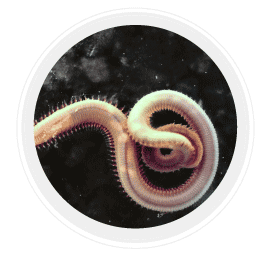
Examples of phylum Annelida include – Earthworm, Leech.
Phylum Arthropoda
Arthropod means jointed legs. Animals which have jointed appendages belong to this phylum. This is the largest phylum in the animal kingdom. Other features are:
- They are bilaterally symmetrical.
- Have jointed appendages, exoskeleton and a segmented body.
- Have well-differentiated organ and organ system.
- Have an open circulatory system, but do not have differentiated blood vessels.
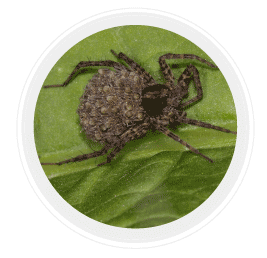
Examples of phylum Arthropoda include – Spiders, butterflies, and mosquitoes.
Phylum Mollusca
Phylum Mollusca consists of a large group of animals. Features are:
- Bilaterally symmetrical and triploblastic.
- Less segmented body.
- Well-developed organ and organ system.
- Typically, open circulatory system.
- Limbs are present.
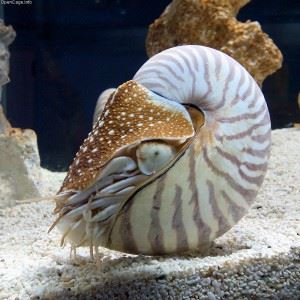
Examples of phylum Mollusca include- Snails and octopus.
Phylum Echinodermata
The term Echinodermata is derived from the Greek words, echinos meaning hedgehog and derma meaning skin. Thus, echinoderms are spiny-skinned animals.
- Radial symmetry and triploblastic.
- Have true coelom.
- Have hard calcium carbonate skeleton structure.
- Free-living marine animals.
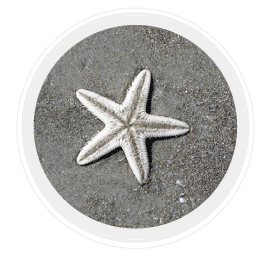
Examples of phylum Echinodermata include- Sea urchins, starfish.
Phylum Hemichordata
The characteristics of phylum Hemichordata are as follows:
- The body is soft, fragile, and divided into a proboscis.
- The epidermis is single-layered.
- It comprises worm-like marine animals with an organ-system level of organization.
- They have an open circulatory system.
- They respire through gills since they are marine.
- They have separate sexes and external fertilization is seen.
- Development is direct.
Phylum Chordata
The Chordates possess the following characteristics:
- They are bilaterally symmetrical, triploblastic with an organ-system level of classification.
- They possess a notochord and a nerve cord.
- The circulatory system is closed type.
Phylum Chordata can be divided into the following sub-phyla:
- Urochordata
- Cephalochordata
- Vertebrata
Also Read:
To learn more about the phylum and sub-phylum of the animal kingdom with video lessons, visit BYJU’S.

The topic is good.
Thank you.this is a very understandable an self explanatory note.
Tomorrow is my exam it is very helpful for me thank you mam or sir
this web page is helpful to me while in this lockdown
This has been good but please go ahead to show us more details of each phylum
It is good
it is very helpful (thanks for this)
THIS IS A VERY NICE WEBSITE FOR LEARNING IN LOCK DOWN LOVED IT.
It is very helpful and good site
Has made me learn faster and has improved my knowledge on all topics
It is a good way to learn new concepts on Kingdom Animalia which would help us to Score Good Marks in Exams.
It is helpful website
Best answer
nice
Thanks a lot
Very useful
This page has helped me to remember all things
Great explanation.
It’s the best answer I am happy when I read it
It’s a very good website
Very nice
This is a good website 👌 👍 👏
Ok
Good
Excellent